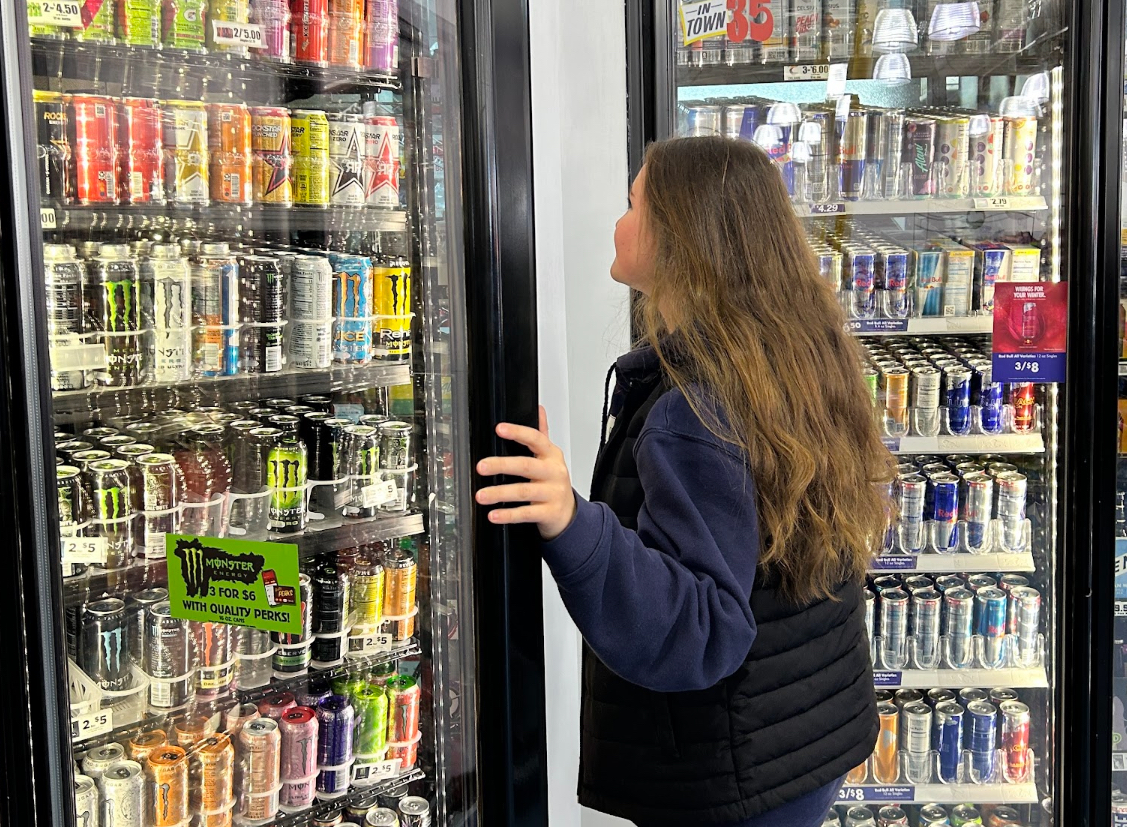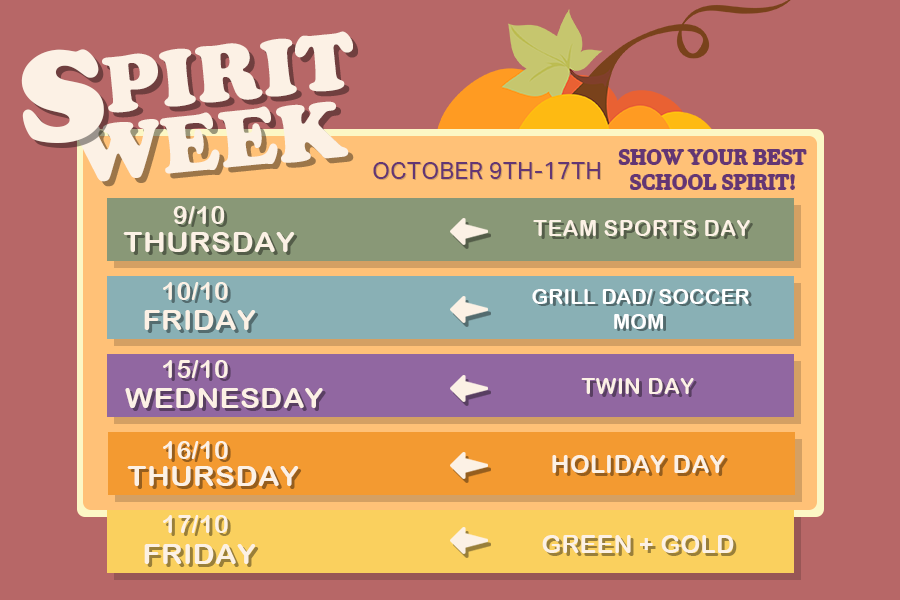In a life busy with schoolwork, sports practices, clubs and part-time jobs, teenagers often struggle to find enough hours in a day to get an adequate night’s sleep. The saving grace for many is energy drinks, a quick and seemingly inconsequential pick-me-up after a night of cramming for a test or a long closing shift at work.
Often known for their colorful packaging and wide variety of flavors, their caffeine content, which can range from 70 milligrams all the way up to 400, is commonly overlooked. Energy drinks are legally considered “dietary supplements,” which puts them outside the jurisdiction of the Food and Drug Administration and the federal law requiring the display of the total caffeine content on their packaging.
“I feel like you have to go hunt for how much caffeine is in a drink, you have to have the intention of finding out, and most teenagers just don’t care enough,” senior Jake Silkstone said.
The lack of adequate labeling isn’t just inconvenient, it also can be dangerous. In September, a University of Pennsylvania student with an underlying heart condition went into cardiac arrest and died after consuming a Panera Charged Lemonade, which contains 260 mg. of caffeine.
“I had never really realized how much caffeine I was actually drinking until the news that someone had died from drinking Panera’s Charged Lemonade. It honestly scared me into looking at how much caffeine I drink in a day,” sophomore Emma Schiedel said.
Caffeine, which is a nervous system stimulant drug, is typically harmless to most people when consumed in a reasonable amount, which the FDA has set at 400 mg. per day for healthy adults, which is the equivalent of two Celsius drinks or four to five cups of coffee. However, the recommended amount for teenagers is merely 100 mg., and many energy drinks contain significantly more than that. Surpassing this recommended amount could lead to a variety of health concerns, such as an increased heart rate, insomnia, high blood pressure, and heightened anxiety.
“I normally drink a coffee and an energy drink a day, which doesn’t seem too bad compared to other people even though it’s obviously too much,” senior Sydney Konkler said.

While the shock factor of the news might convince you to quit energy drinks cold turkey, there are always healthier alternatives. A natural alternative, Yerba Mate, is a tea-based energy drink that is low in caffeine and added sugar. Yerba Mate is a tea native to South America that is produced by different companies but is typically one of the healthier and safer options of energy drinks. Another healthier option is a drink made locally in North Carolina called Sunshine. Sunshine contains 70 mg of caffeine, putting it safely below the recommended amount for teenagers.
“I try to stay away from energy drinks in general, but I know that there are some better alternatives out there that I like to try sometimes,” junior Reese Walton said.
While an energy drink to pick you up in the morning might seem like no big deal at the moment, you should always be aware of your intake and the risks associated with over-consumption to keep yourself safe from negative side effects.
Energy Epidemic: The Buzz Around Energy Drinks
December 6, 2023
Student browses energy drink options.
0
Donate to The Zephyr
$125
$500
Contributed
Our Goal
Your donation will support the student journalists of WEST FORSYTH HIGH SCHOOL. Your contribution will allow us to purchase equipment and cover our annual website hosting costs.
More to Discover
About the Contributors

Caroline Lowe, Opinion Writer
Caroline Lowe is a senior and second-year writer for the Zephyr. She is very excited to be writing for the opinion staff this year. Caroline is a member of Key Club and Girls’ Service Club. She also loves to read Emily Henry books and listen to Zach Bryan in her free time

Sissy Hayes, Sports Writer
Sissy Hayes is a senior and second year writer for the Zephyr and a first year writer for sports. She enjoys working out, listening to music and hanging out with friends. She aspires to be a nurse in the future and is very excited for her senior year.














